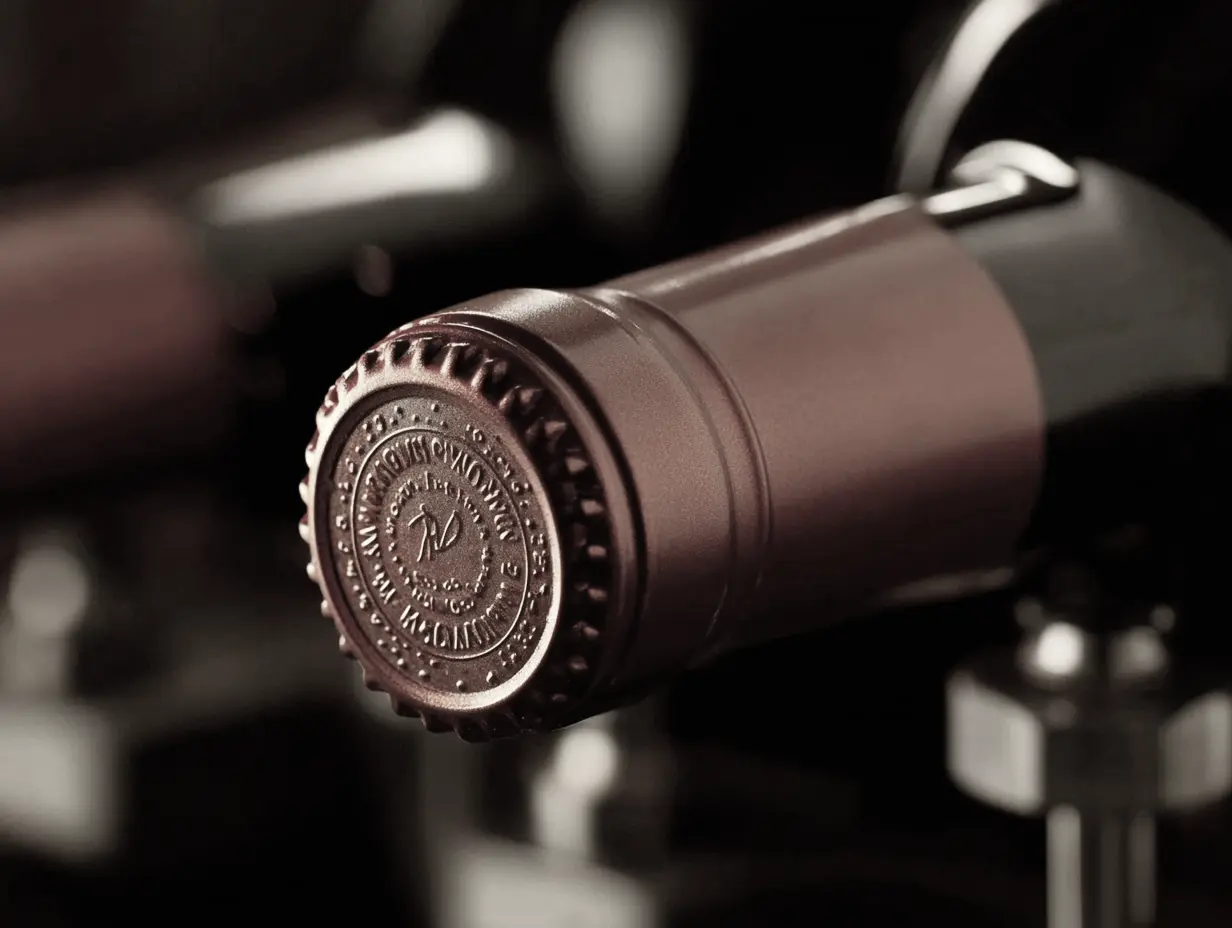
The State of Packaging Q4 2025: Material Innovation, Automation & Business Reinvention

As 2025 moves into its final quarter, the global packaging industry stands at a criticalinflection point. Regulatory reform, sustainability targets, and shifting consumer expectationsare accelerating transformation across every packaging segment — from luxury cosmeticsand personal care to closures, dispensing systems, and industrial solutions.This is a quarter defined not only by innovation but also by operational discipline. Aseconomic uncertainty continues, the winners will be those that marry sustainability withscale, and automation with agility.
1. Market Context & Structural Pressures
The macro backdrop remains complex but dynamic.The sustainable packaging market surpassed $300 billion this year, driven by the rapidadoption of recyclable, reusable, and refillable formats. Growth in the airless packagingcategory alone is forecast to reach nearly $9.5 billion by 2033, with double-digit annualgrowth in beauty and personal care applications.However, the EU’s forthcoming Packaging & Packaging Waste Regulation (PPWR)continues to loom large. The legislation — focused on recyclability, recycled content, andreuse systems — is forcing packaging suppliers to overhaul materials and product portfoliosat speed.Meanwhile, rising energy and labour costs, combined with a shortage of technical talent, havepushed packaging groups to accelerate robotics, AI inspection, and automation adoption tomaintain throughput and margin.2. Key Packaging & Dispensing Players: Moves & Innovations
2. Key Packaging & Dispensing Players: Moves & Innovations
Q4 has been packed with innovation, strategic moves, and leadership initiatives among majorglobal players.Aptar GroupAptar continues to lead on innovation and sustainability across its Beauty, Pharma, andClosures divisions.
Aptar Group
- Nomad Refill — a fully refillable fragrance dispenser — won Best Packaging Innovation for Perfumery at the 2025 Barcelona Perfumery Awards.
- Launched bio-based nasal spray systems, introducing mass-balance bio content to reduce environmental impact.
- Introduced recycling-ready, tethered sports caps to meet EU Single-Use Plastic Directive standards.
- Q3 results exceeded expectations, with an upbeat 2026 forecast.
Quadpack
- Pursuing its Positive Impact framework targeting 100% reusable, recyclable, or compostable packaging by end of 2025.
- Vertically integrates wood, glass, and plastic manufacturing, boosting design flexibility.
- Showcased new wood-based and hybrid refillable formats at Luxe Pack Monaco.
HCP Global Cosmetic Packaging
- Leader in refillable compacts, mascaras, and airless systems.
- 2025 launches include mono-material and PCR (post-consumer recycled) formats for circularity.
- Maintains strong investment in high-precision molding and decorative metallisation.
AFA Dispensing
- Pioneer in propellant-free spray technology; its Flairosol® platform now spans personal care, home, and industrial uses.
- Expanding R&D into inert-gas valves and modular actuator systems.
- Positioned as a technology disruptor in the global dispensing space.
TriMas Packaging
- Consolidating brands (Rieke, Taplast, Affaba & Ferrari) to streamline operations.
- Heavy investment in robotics across European facilities.
- Strong Q4 order growth in food, beverage, and personal care packaging.
Pact Group
- Expanding closed-loop recycling infrastructure in the APAC region.
- Partnering with FMCG leaders to meet recycled-content mandates.
- Using AI-powered optical systems for automated sorting and resin purity control.
Together, these players highlight the industry’s convergence around material circularity, automation, and cross-category versatility.
3. Technology & Automation: The New Competitive Frontier
a) Robotics & AI for Packaging Lines
Smart robotics now manage label application, assembly, capping, and QA — boosting yield and precision.
b) Digital Twins & Predictive Maintenance
Firms like Aptar and TriMas use digital twins to simulate production, predict wear, and test configurations before downtime.
c) 3D Printing & Rapid Prototyping
Quadpack and AFA leverage additive manufacturing to cut concept-to-sample time by over 50%.
d) Supply Chain & Smart Packaging Integration
IoT-enabled packaging (QR, NFC, blockchain) is enhancing authentication, recycling, and post-purchase engagement.
e) Sustainability Through Automation
Automation supports sustainability through AI dosing, real-time QA, and waste reduction.
4. Strategic Priorities for 2026
- Accelerate material innovation — Circular polymers, refillable systems, and bio-based alternatives.
- Digitise operations — Scale AI and robotics without over-investing in rigid systems.
- Broaden ecosystem partnerships — Collaboration across design, materials, and machinery.
- Data-driven value creation — Packaging as a data gateway for usage and recycling insights.
- Talent transformation — Demand for engineers, data analysts, and creative technologists.
5. What to Watch in Early 2026
- Aptar’s rollout of Nomad Refill and bio-based Pharma systems.
- Quadpack’s Positive Impact 2025 progress.
- AFA’s expansion into new verticals.
- TriMas’ continued European automation drive.
- Pact Group’s recycling capacity growth and recycled resin availability.
- Rising M&A activity in automation and material IP.
- The mainstreaming of AI inspection systems on packaging lines.
As 2025 closes, one truth stands out:
Packaging is no longer a passive container — it’s an active technology platform.
Those investing in circular materials, digital manufacturing, and automation are defining the intelligent, sustainable, and integrated packaging ecosystem of tomorrow.
Latest Thinking
News & Insights



